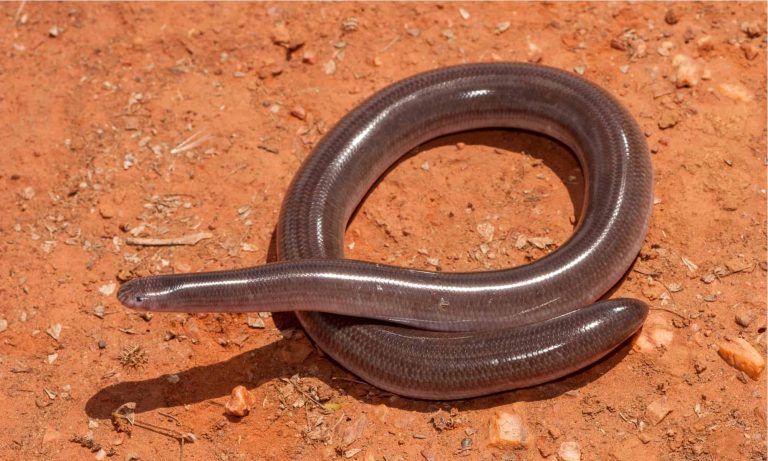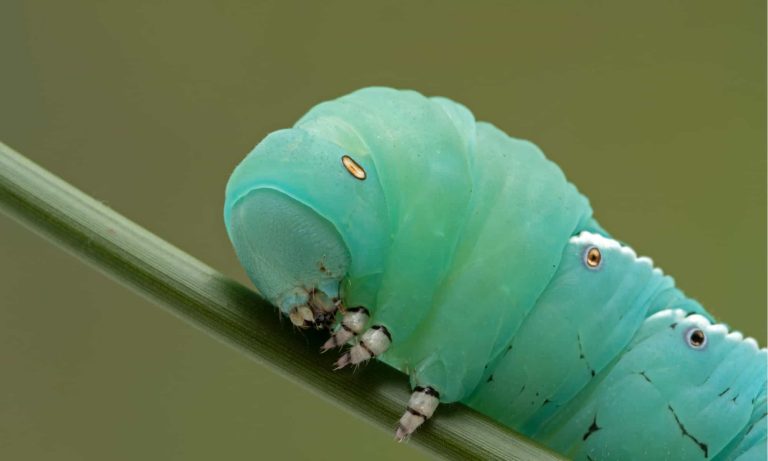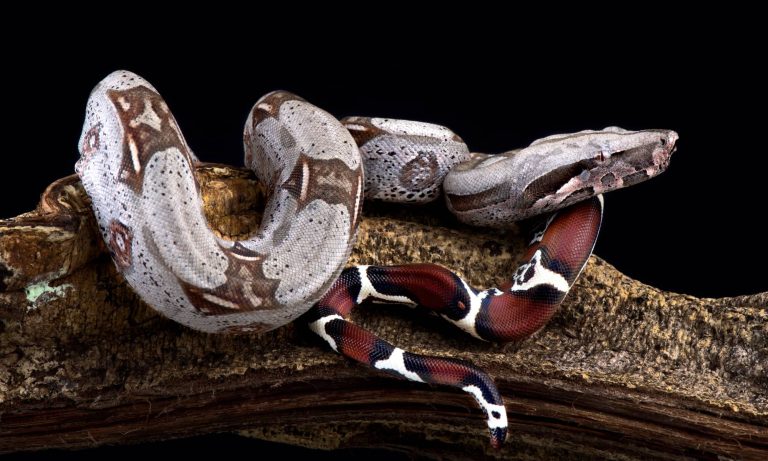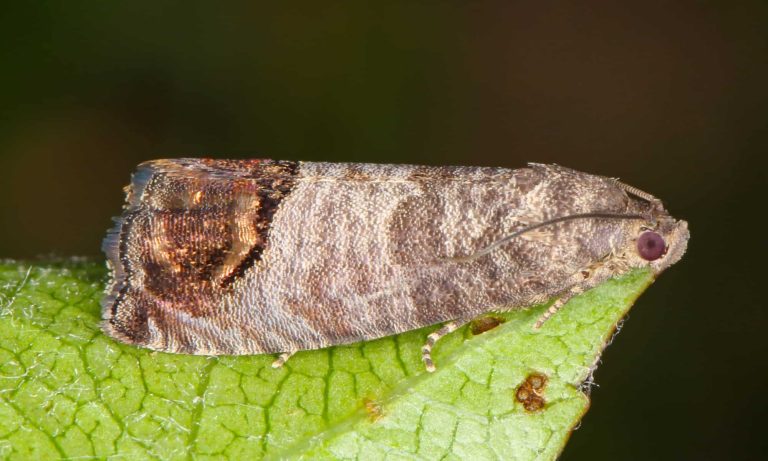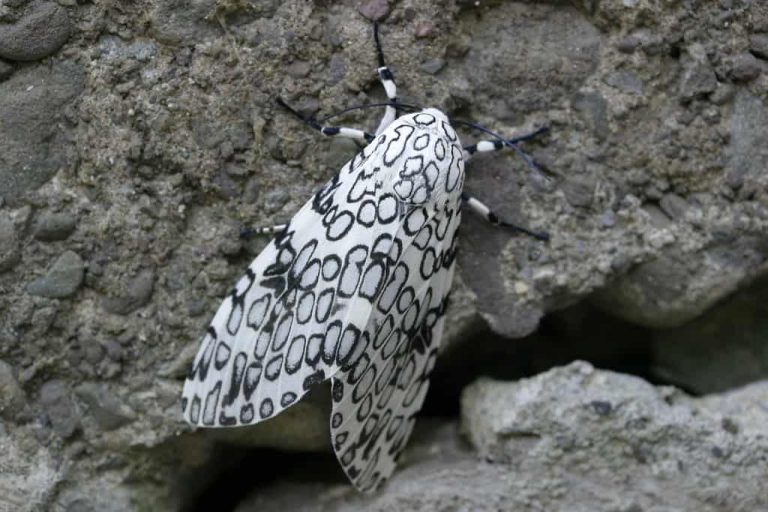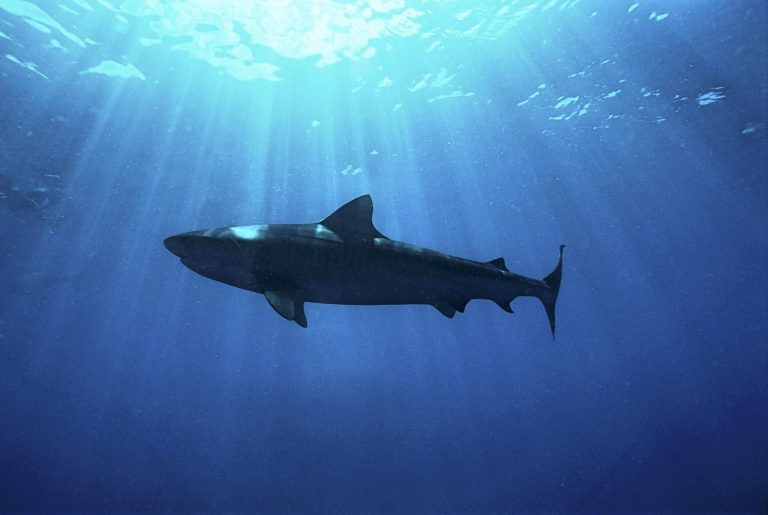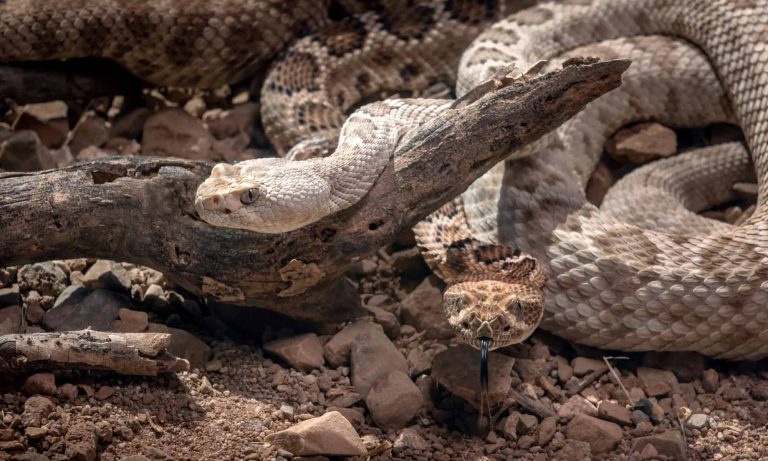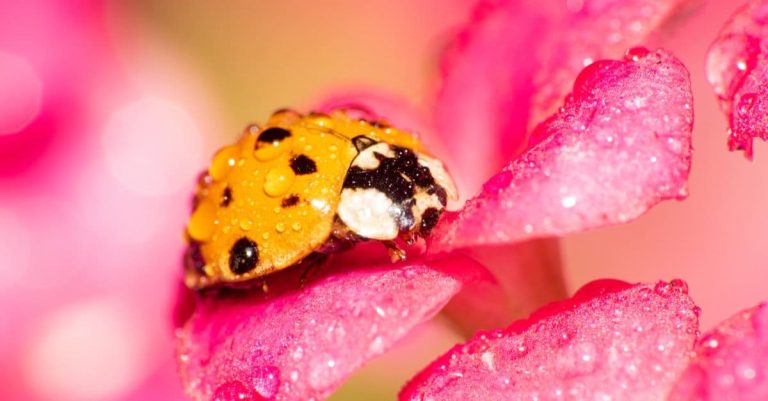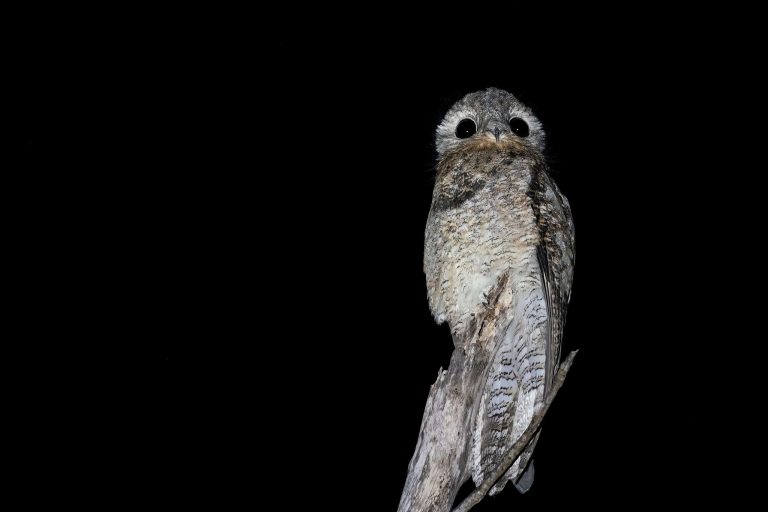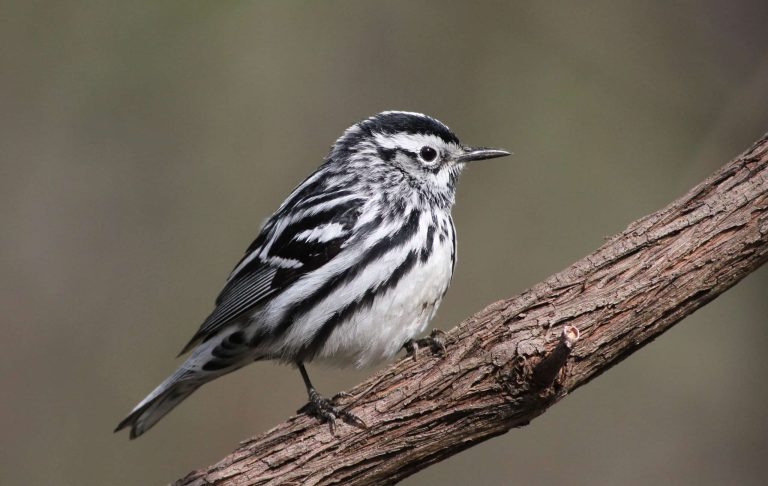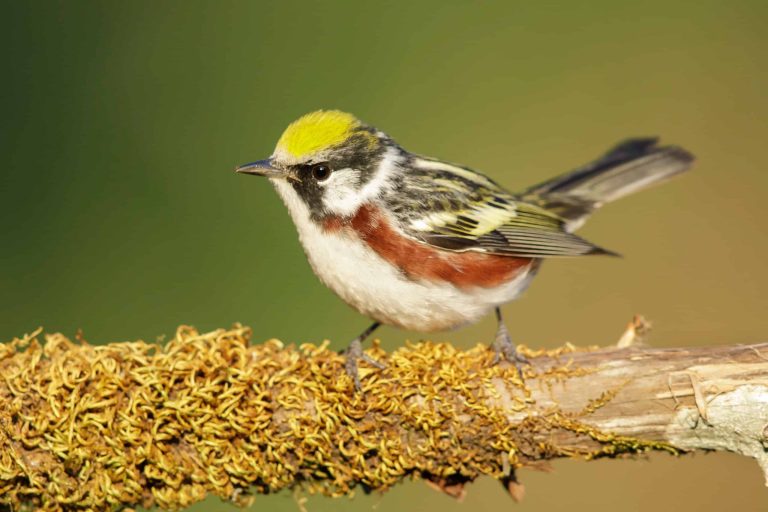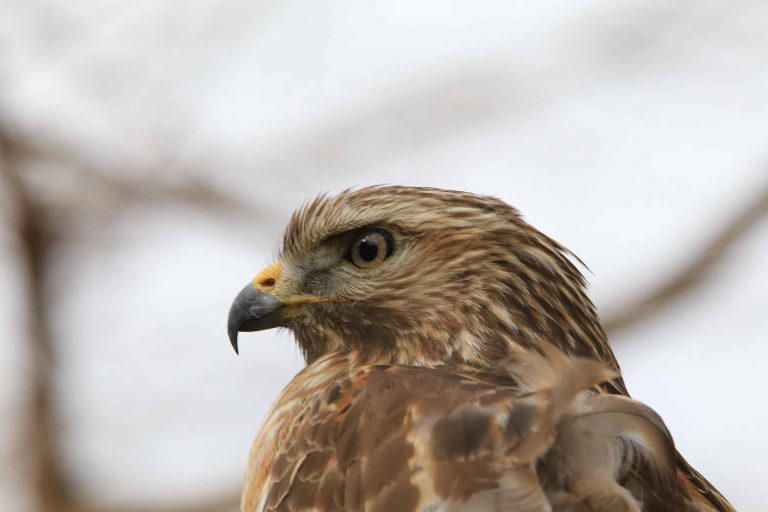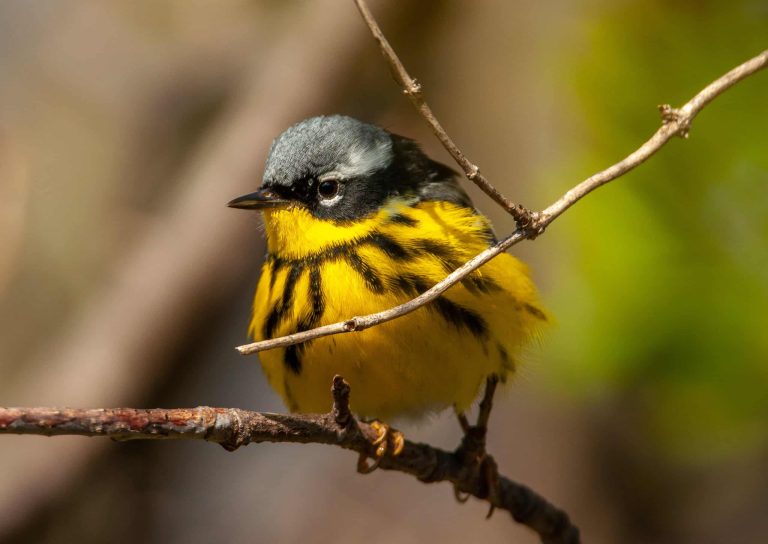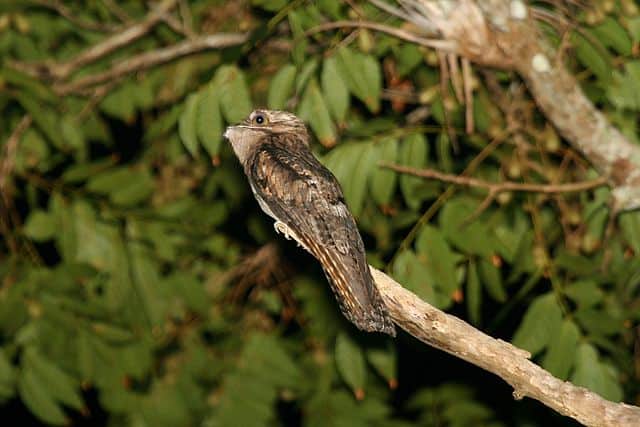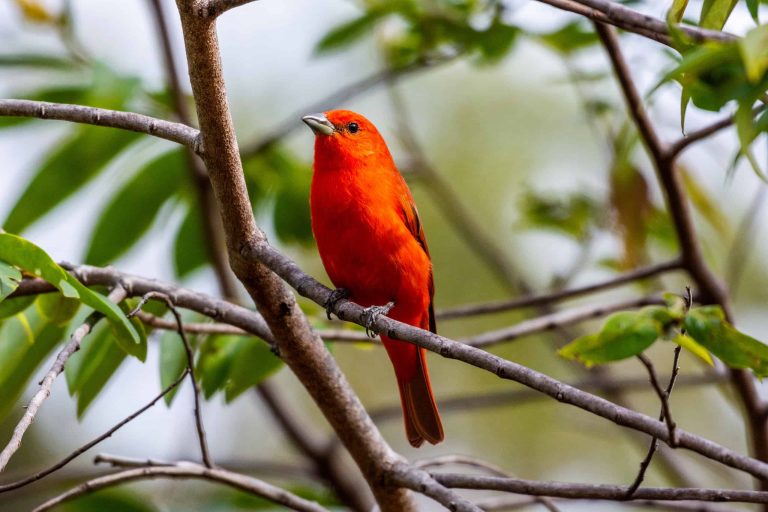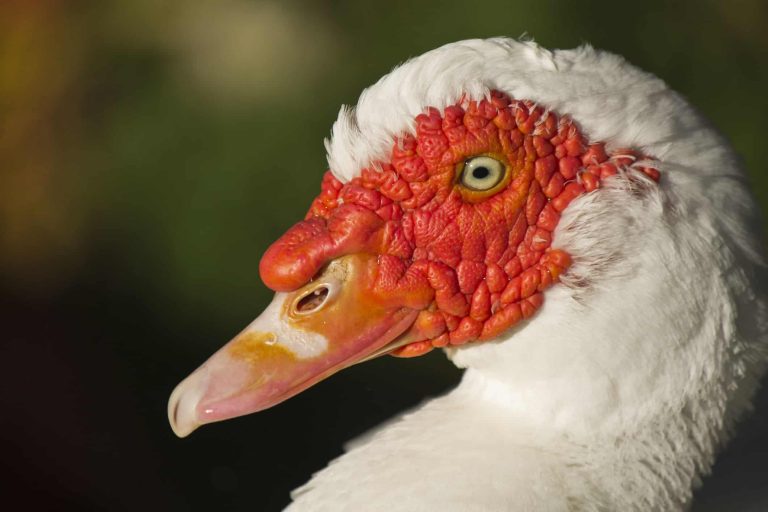Costa Rica
Checkered Garter Snake
It has the ability to expel a stinky liquid from its body as a way to make predators (and humans) retreat!
Hawk Moth Caterpillar
Many hawk moth caterpillars eat toxins from plants, but don’t sequester them the way milkweed butterflies do. Most toxins are excreted.
Dwarf Boa
Some species can change color from dark to light, and back again.
Codling Moth
Pupae are able to undergo diapause to survive poor fruit yield years and winter.
Giant Leopard Moth
When giant leopard moths mate, their mating sessions last over 24 hours.
Dusky Shark
The Dusky Shark sometimes eats trash discarded by humans.
Pit Viper
Pit vipers's fangs fold up into their mouths when they don't need them.
Asian Lady Beetle
Asian lady beetles infest indoor spaces, but they do not reproduce indoors.
Great Potoo Bird
At night, they make a terrifying low call that sounds like a distressed moan or growl.
Hairy Woodpecker
They are natural pest controls
Chestnut-Sided Warbler
They inhabit regrowing forests
Sharp-Shinned Hawk
In captivity, sharp-shinned hawks can live up to 13 years. However, in the wild, this number is significantly reduced to 3 years!
Magnolia Warbler
They line their nests with fungi strands
Northern Potoo
You can find them near golf courses in urban areas
Hepatic Tanager (Red Tanager)
Parents and their young sing sweetly to each other
Muscovy Duck
Unlike most duck species, the Muscovy is silent and only makes noise when excited or threatened.

